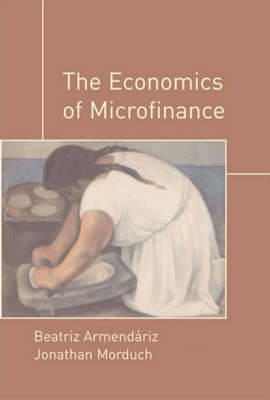The preface of the book includes a very heartfelt analysis of why Armendariz and Morduch are passionate about the subject of microphilanthropy.

Afterwards, there is a helpful dictionary of abbreviations that explains all terms used in the book from NGO (nongovernmental organization) to ASCA (accumulation savings and credit association). This makes the book exteremely comprehensible, even for high school students.
The first chapter is called “rethinking banking”. It accurately examines why microphilathropy has the potential to be affective. In 1.2, it explains why capital does not naturally flow down to the poor, affirming that top down methods can often be ineffective.
Moreover, in 1.3, Armendariz and Morduch discuss the effects of using subsidies and grants in microassociations. In the past, microphilathorpy organizations used subsidies to survive, factoring into their finances that they would always be funded.
Yet, these larger loans only lasted for short periods of time as bigger corporations and banks often lost interest. Rather, it was found that using smaller donations encourages a much more stable flow of capital. This demonstrates that websites like Givology are moving in the right direction.
The other chapters in the book also include notes on why people should intervene in the developing world, gender, and measuring the impacts of micophilanthropy.
The chapter on the impacts of microfinance is particularly interesting. While the impact of donating in micro-amounts is often hard to measure, the text does a very accurate job of portraying concrete numbers.
For example, Goetz and en Gupta in 1996 in Bangladesh reported that 40 percent of women have little or no control over their investment activities. However, that also means that 60 percent of women do have partial control. This illustrates an interesting picture, but poses a more interesting question: who should we target aid to?
The rest of the text tires to answer this question and more. If you want to take a deep dive into the world of microeconomics, this book can be an informative guide.